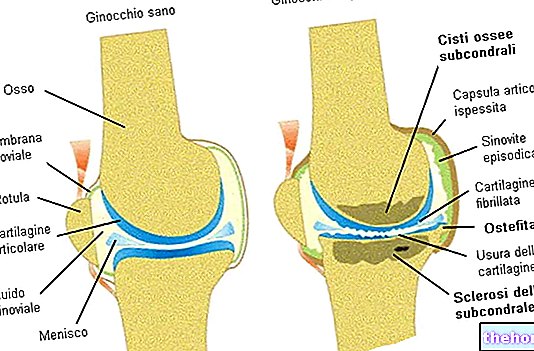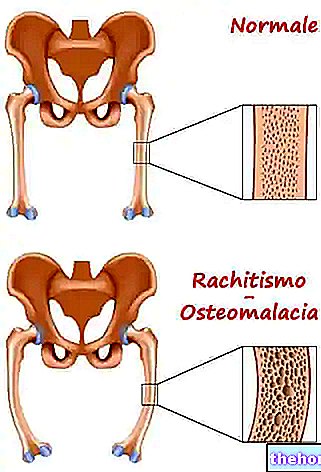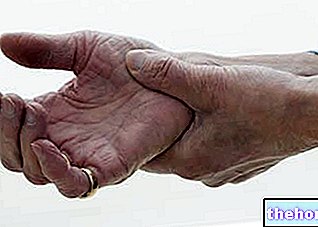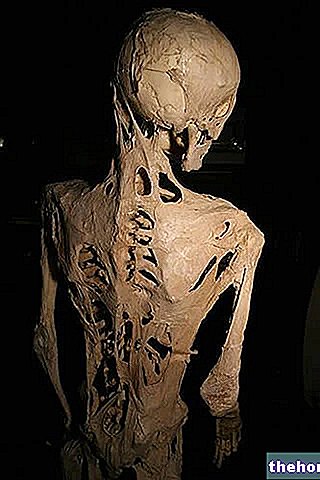
- Antinutrients such as oxalic and phytic acid
- Fibers
- Protein, especially when excessive in the meal
- Sodium [Na]
- Phosphorus [P], or rather a Ca / P ratio <2: 1 * (phosphorus competes with calcium in intestinal absorption but it is equally true that it limits urinary excretion)
- Nerves such as caffeine and alcohol
- Fat, especially in the presence of steatorrhea.
it can facilitate the onset of this bone pathology.
for this reason, for every 2300 mg of filtered sodium, the urinary excretion of calcium increases by 24-60 mg. It has been shown that for every gram of sodium eliminated in the urine, 26.3 mg of calcium / day are eliminated; one year this phenomenon could cause a 1% decrease in bone mass and a consequent increase in the risk of osteoporosis and bone fractures.
The human body eliminates about 0.1-0.6 g of sodium / day in the urine; whereas 1 g of sodium chloride [NaCl] contains about 0.4 g, the intake of 1-2 g / day sodium chloride die should be more than enough to meet the dietary needs of this mineral.
On the contrary, Italians introduce sodium in quantities 10 times higher than the recommended ration. By reducing sodium intake, the need for calcium may also be reduced, while if excessive levels are introduced, the need for calcium may increase.
To reduce the risk of osteoporosis it is necessary to intervene on the diet, reducing sodium intake and the excess of the other nutritional factors mentioned above.
Another fundamental element for the formation and maintenance of peak bone mass, therefore for the prevention of osteoporosis, is sports physical activity.
. Clinic and diagnostics. Second edition - C. V. Albanese and R. Passariello - 4.3.1.3 - page 59.






















-nelle-carni-di-maiale.jpg)




